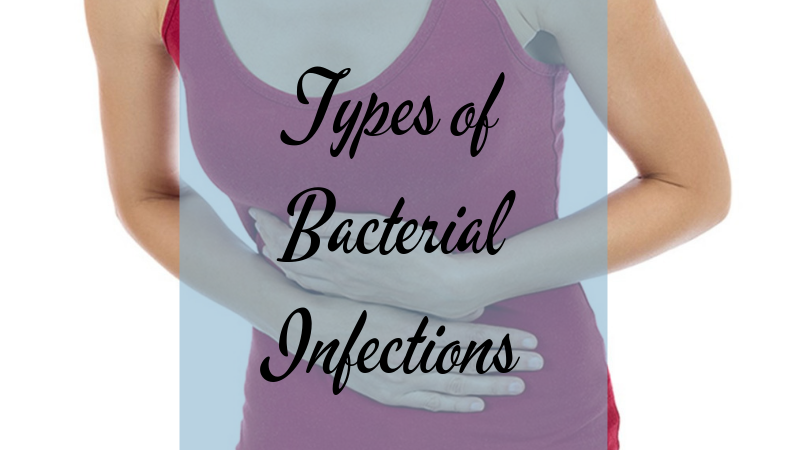Bacteria is the most extensive group of bacteria. Microbes can affect different human organs. Many of these microbes have life-threatening character. In the case the treatment is delayed, the results can be fatal:
- meningitis, plague, cholera, typhoid, anthrax;
- diphtheria, dysentery, salmonellosis, brucellosis;
- pneumonia, sore throat, scarlet fever, mumps, measles;
- syphilis, gonorrhea, trichomoniasis, vaginosis.
Severe skin diseases and eye infections are also caused by bacteria. Maintaining personal hygiene, the body in good shape, careful choosing food and maintaining immunity are the main preventive methods aimed not to provoke bacterial infection.
Route of bacterial infection
There are basic ways of how infection is transmitted:
- contact-household – through the items of general use (dishes, textiles);
- alimentary – through food or contaminated water;
- airborne – microbes are transferred through sneezing, coughing, talking, breathing;
- sexual – bacteria are transmitted through sperm or saliva (venereal diseases);
- transplacental – bacteria transmitted from mother to child.
Symptoms of bacterial infections
All bacteria are classified into:
- non-pathogenic – do not harm the person;
- conditionally pathogenic – peacefully coexist with a person up to a certain point;
- pathogenic – dangerous bacteria, cause serious diseases.
In addition, all types of pathogens have different virulence. This means that under equal living conditions, one type of bacteria will be more toxic to humans than another.
The excretion of toxins (poisons) into the body is the most important moment in the development of infectious diseases. Bacteria can release endotoxins. It occurs in the case of cell death and destruction (intestinal infection). The second variant of intoxication of the body is the release of exotoxins in the process of vital activity of a bacterial cell (diphtheria).
Depending on the place of localization of microorganisms, there are several types of bacterial infections, each of which manifests itself with unequal symptoms:
- female genital infections. Vaginosis, trichomoniasis, gardnerellosis, yeast infection are one of the most common female diseases. The pathologies of the urogenital system happen as a result of changes in the vaginal microflora. It is manifested by the following symptoms: the formation of vaginal secretion of a different color and texture, burning sensation, itching, painful urination, discomfort during sexual intercourse, a specific unpleasant odor. Bacterial diseases in women can be provoked by douching, medical therapies, changes in hormonal balance, reduced immunity rate, active sexual life.
- intestinal infection. Direct toxic effects of bacteria on the digestive tube epithelium and tissue of the gastrointestinal tract are triggers of intestinal bacterial infections. One of such diseases is salmonellosis. It is characterized by fever, abdominal pain, vomiting, diarrhea. Staphylococcal intestinal infection is manifested by a runny nose, sore throat, slight fever, loose stool, skin rash, nausea, vomiting, pain in the abdomen. The overall condition of the patient is similar to food poisoning.
- typhoid intestinal infection includes sore joints, throat, loss of appetite, stomach ache. There may be observed delirium, coma in the case of severe form.
- childhood diseases. Mumps, rubella, scarlet fever, measles, tonsillitis are the most common disorders. Bacteria releases toxins released which influence the internal organs. Symptoms of such a bacterial infection are fever, cough, general weakness, headaches, nausea and vomiting, tongue and tonsil plaque, skin rash, severe body intoxication. You must immediately consult a doctor to avoid complications. As a treatment, children are almost always prescribed antibiotics for bacterial infections.
- throat diseases. The following symptoms are characteristic of respiratory tract infection: worsening of the overall health state, purulent secretions, the decreased body temperature at the initial disease stage. Often a bacterial infection of the throat is preceded by a cold.
Reduced immune protection is the main cause of many diseases. These diseases are caused when opportunistic microbes become pathogenic and very dangerous for the human body. A late request for qualified medical care is fraught with serious consequences.
